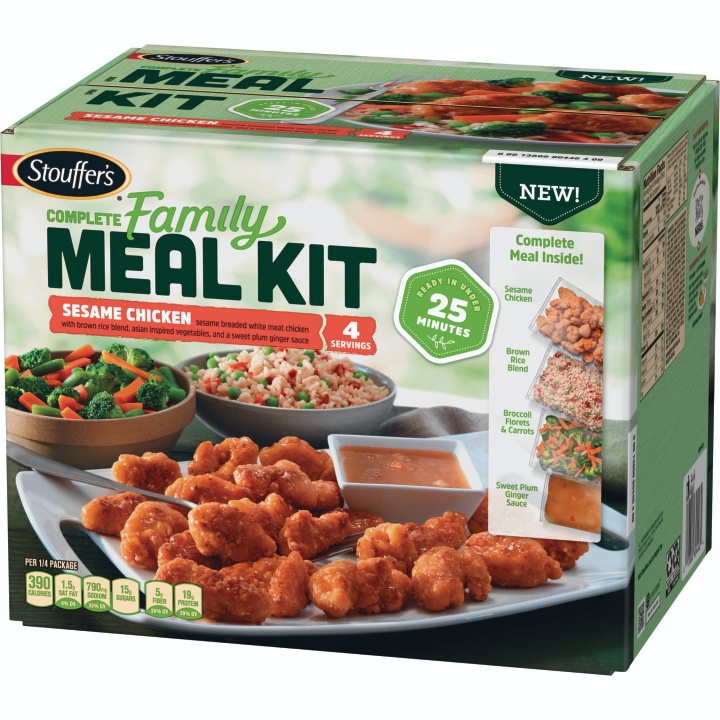
Stouffer’s has been a staple of American dinners for more than 96 years, since it was first established as a food and beverage company in 1922. The firm has changed a lot in that time – apart from the frozen and prepared foods for which it is best known now, Stouffer’s has also been the brand behind a restaurant chain and a line of hotels. It has also had a few different owners in the near-century it has been in business: Litton Industries purchased Stouffer’s in 1967 and sold it to Nestlé in 1973.
But what hasn’t changed, according to Stouffer’s, is its focus on innovating food for the everyday consumer’s desires and pain points, Stouffer’s Marketing Manager Erica Starrfield noted in a recent interview with Food Navigator.
“So, at Stouffer’s today, we have what I would call ‘continuous innovation.’ But it is not innovation for the sake of just doing new and different things. It is innovating against those two tenets,” which gives the brand the flexibility it needs to evolve with consumers’ constantly changing preferences, Starrfield said.
That means of late, the legacy food brand has been gearing up to go toe-to-toe with the host of meal kit startups that have flooded the market in recent years. While Stouffer’s frozen foods are in some ways the original “meal kit” offering, Starrfield noted that the benefits presented to consumers by the newcomers in the field can’t be denied. They offer the joy of cooking without the associated time suck, and they take a lot of the mental energy out of selecting a meal for dinner, as well as the legwork of shopping for it.
But for all of those benefits, she noted, meal kits by subscription box also have some glaring issues. They can be a quite expensive way to make a meal – and while they do save time, perhaps not as much as customers expect to save.
“A lot of the meal kits require a lot of prep work beyond what consumers may consider ‘quick.’ So, while consumers are looking for quick prep, they often are getting something that is a lot more work than they bargained for. And that is a pain point we look to meet with our Complete Family Meal Kits,” Starrfield explained.
The Stouffer’s meal kit comes with four individually wrapped components – a protein, a vegetable, a starch and a sauce – that come pre-chopped and portioned. Possible choices for dinner kits include Roasted Tuscan Style Chicken, Braised Pork, Beef & Broccoli and Sesame Chicken, each of which can serve four people. And removing that pre-prep is critical, Starrfield noted – for a busy family, it can be the difference between getting dinner on the table in less than 30 minutes versus over an hour after opening the meal kit.
“At the end of the day, there is only so much time, and consumers certainly don’t want dinner to take more time to prep than it does for the family to sit at the table and eat,” she said. “That is why it is important for us to have it able to be ready in less than 25 minutes.”
Moreover, Starrfield noted, there is less timing pressure with the Stouffer’s kits, because they come frozen and are sold on shelves in stores. That means instead of having customers subscribe to a service and then plan their weekly meals around it, Stouffer’s is aiming to create something closer to “set it and forget it” for the meal kit crowd.
The point, according to Starrfield, isn’t to try to displace meal kit services or eat up their entire market. There are consumers who find them genuinely useful. But for the average consumer just trying to put a meal on the table for their family in a reasonably short amount of time, she noted, the meal kit offering addresses the pain point to some degree, but doesn’t go quite far enough to alleviate it entirely.
“The value we bring forward today, and what we are mainly guided by, is putting our guests or customers first and making sure they have what they need,” she said. “When we look at this market that is growing up around meal kits, our goal is to create new value – not parse value.”